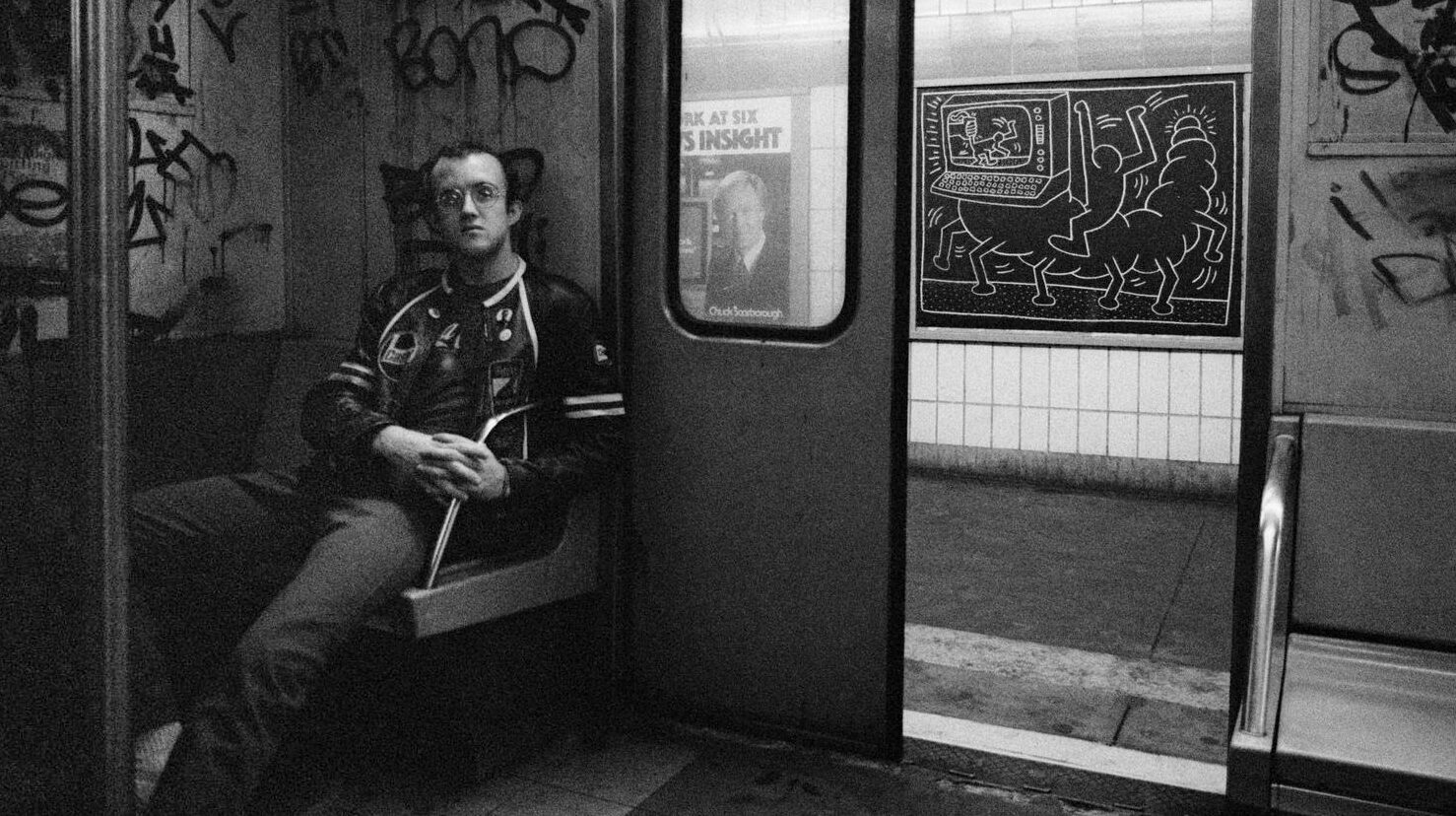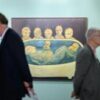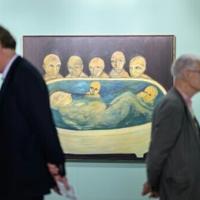
Keith Haring is an enigma as an artist. Passionately committed to the idea that art is for everyone, he worked out the iconography of his art over a period of five years, drawing on blank advertising panels in the New York City subway system during the early 1980s while a student at the School for Visual Art. “He used the city as his canvas,” collector Larry Warsh told me.
That work—filled with his distinctive visual language of crawling babies, dancers, television and boombox-headed figures, spaceships and dolphins—was never meant to be collected. Who would collect drawings by an unknown artist killing time waiting for the subway? Even though his work was making him famous with New York City transit officers and subway riders, Haring would have preferred that the work get papered over with ads or fade into the patchwork of graffiti. And yet, as Haring’s art became beloved by New Yorkers, people began to pull down the drawings and save them. Haring’s response to the success of his accidental public art project was to collaborate with photographer Tseng Kwong Chi, who documented the drawings shortly after Haring left his trail of art across the Manhattan mass transit system.
This post was originally published on this site be sure to check out more of their content






